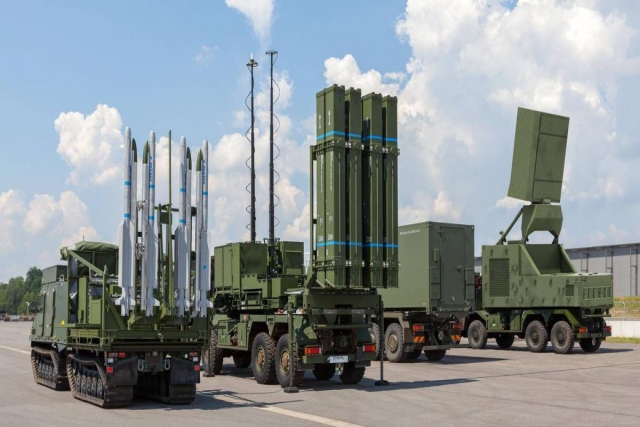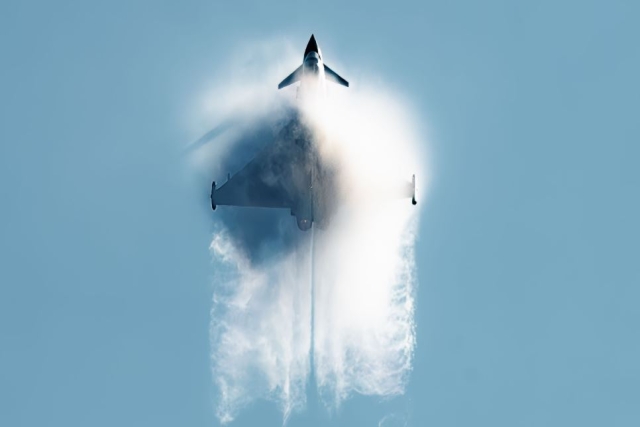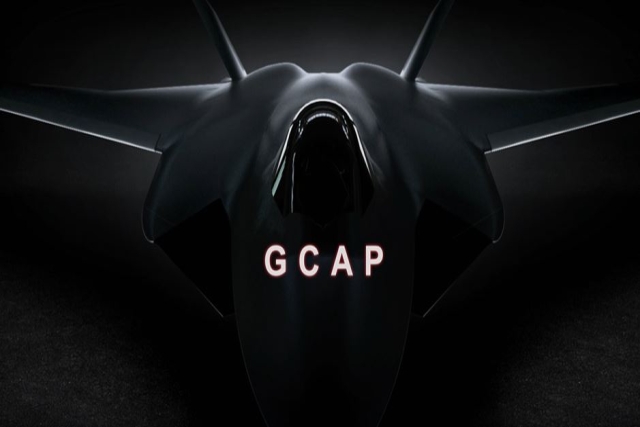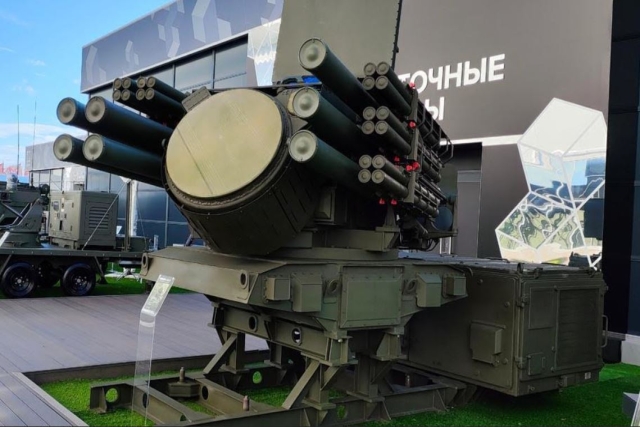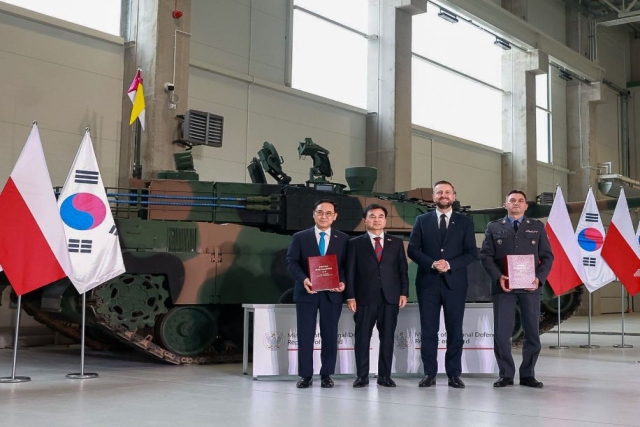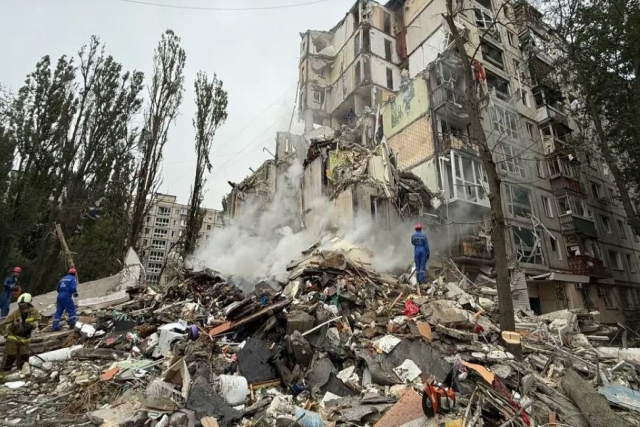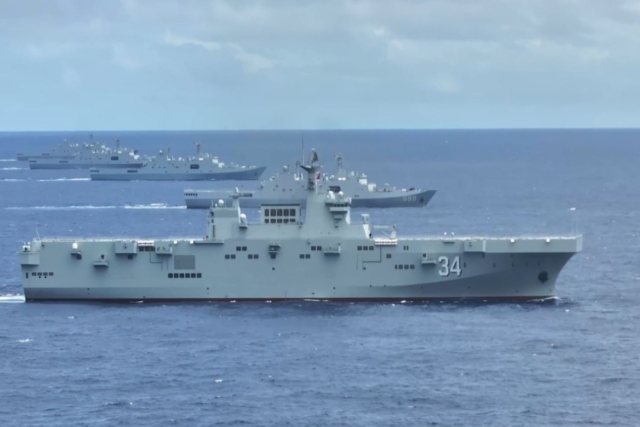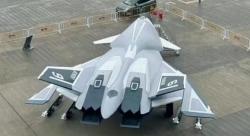18 EU Nations Seek €127B for Weapons, Cyber, Drones Under New SAFE Defence Loan Plan
SAFE programme aims to accelerate European defence spending through EU-backed loans for missiles, air defence, AI systems, and more
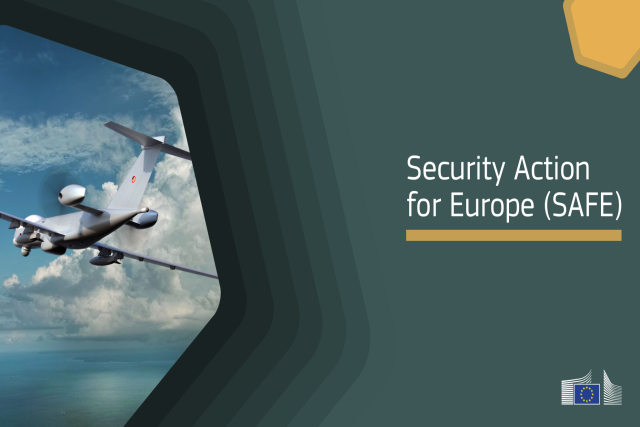
The European Commission has confirmed that 18 EU Member States have expressed interest in obtaining at least €127 billion in loans under the Security Action for Europe (SAFE) instrument, a newly launched EU programme designed to accelerate defence procurement and strengthen the continent's military and technological resilience.
The countries include Belgium, Bulgaria, Czechia, Estonia, Greece, Spain, France, Croatia, Italy, Cyprus, Latvia, Lithuania, Hungary, Poland, Portugal, Romania, Slovakia, and Finland.
SAFE, adopted on 27 May 2025, allows the European Union to issue competitively priced, long-maturity loans to support major defence investments across the bloc. The instrument is expected to mobilise up to €150 billion in total, financing projects in ammunition, cyber defence, air and missile defence systems, unmanned platforms, and space-based capabilities.
“The strong interest in SAFE, with at least €127 billion in potential defence procurements, demonstrates the EU's unity and ambition in security and defence,” said Andrius Kubilius, Commissioner for Defence and Space. “SAFE is a symbol of our collective commitment to strengthen our defence readiness for a safer and united future.”
The initial expressions of interest, received by the 29 July deadline, will help the European Commission prepare to raise funds from capital markets ahead of the 30 November 2025 deadline for formal submission of National Defence Investment Plans.
SAFE forms the first pillar of the EU’s broader Readiness 2030 strategy under the ReArm Europe Plan, which seeks to unlock over €800 billion in defence investments. The initiative is designed to bridge critical capability gaps by funding both joint and individual procurements by Member States, particularly in response to Europe’s changing threat environment.
What SAFE will fund
SAFE will support the procurement of defence products across two categories:
Category 1
Ammunition and missiles
Artillery systems, including deep precision strike capabilities
Ground combat capabilities and their support systems, including soldier equipment and infantry weapons
Small drones (NATO class 1) and related anti-drone systems
Critical infrastructure protection
Cyber
Military mobility, including counter-mobility
Category 2
Air and missile defence systems
Maritime surface and underwater capabilities
Drones other than small drones (NATO class 2 and 3) and related anti-drone systems
Strategic enablers such as strategic airlift, air-to-air refueling, C4ISTAR systems, and space assets and services
Space assets protection
Artificial intelligence and electronic warfare
Category 2 projects face stricter conditions. Contractors must demonstrate the ability to modify equipment without restrictions from non-EU entities, and no more than 35% of component costs may originate from outside the EU, Ukraine, or EEA-EFTA countries.
Participation beyond EU borders
While only EU Member States can apply for SAFE loans, countries like Ukraine and EEA-EFTA states can participate in joint procurement. Other partners such as Canada, Japan, Norway, the United Kingdom, and South Korea may also engage under existing defence cooperation agreements.
Timeline and next steps
By 30 November 2025 – Submission of National Defence Investment Plans
By January 2026 – Council Implementing Decisions expected
By February 2026 – Loan agreements and pre-financing arrangements to begin
SAFE marks a significant shift in EU defence financing, aiming to reduce fragmentation, improve readiness, and ensure that critical military capabilities are delivered quickly and efficiently.

